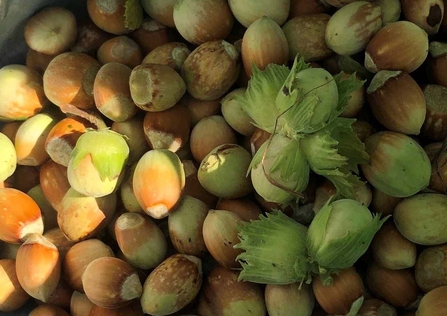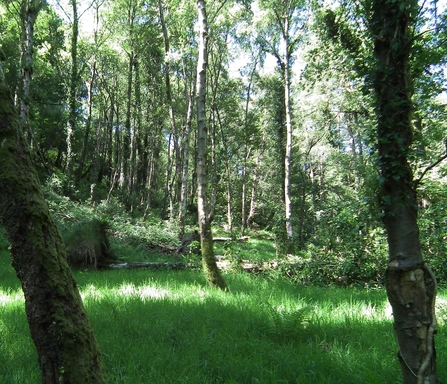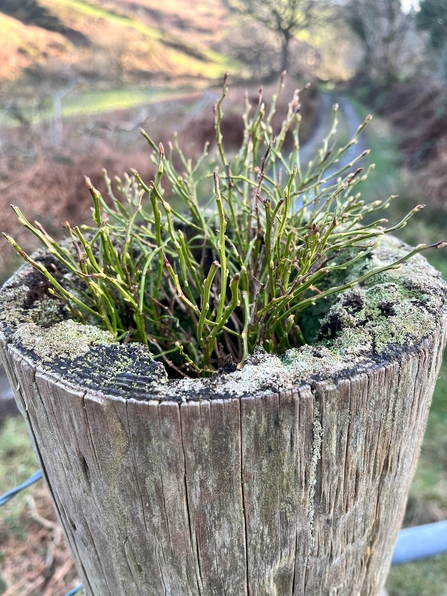
Manx Native Hazelnuts from Crossags
Hazelnuts.
Hazel trees are still uncommon on the Island (though thousands of years ago they would have been a dominant land cover). We are planting lots at Creg-Y-Cowin and in five year’s time they will start to produce hazelnuts. Around ten years from now they will be in full production, with a good bush producing a basket-full of nuts every year. One hectare of hazel trees can produce upto a tonne of nuts per year, which compares favourably (per ha) to cattle or sheep in fat and protein productivity.
The Island has one secret to hazel-nut production, and that is we have no grey nor red squirrels. Squirrels tend to eat hazelnuts in vast quantities and take them a week or two before they are fully ripe, so their absence makes the Isle of Man uniquely perfect for nut production.



